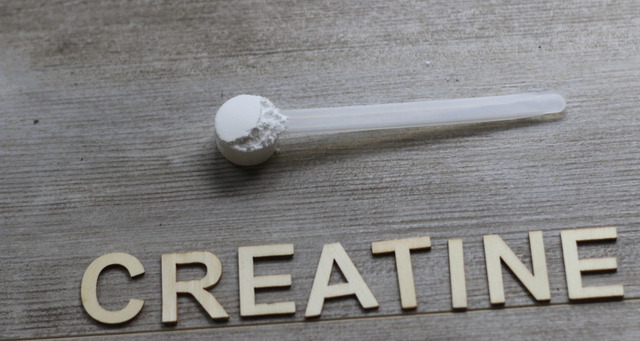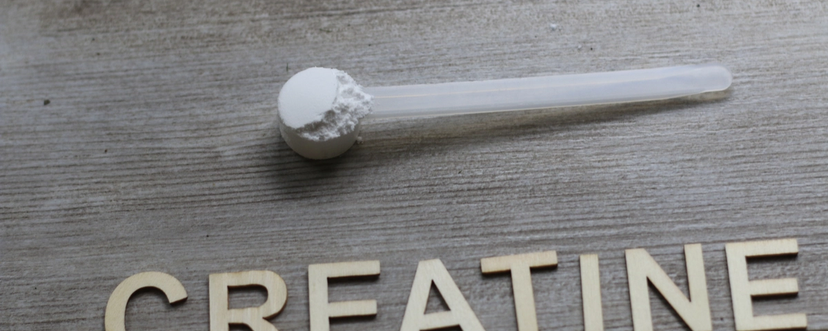
5 Simple At-Home Exercises to Improve Flexibility
Flexibility is the unsung hero of physical fitness. It helps you move more freely, reduces the risk of injury, and supports better posture—all of which are essential for living a healthier, more active life. The good news? You don’t need to hit the gym or do rigorous physical activity to improve your flexibility. With these five simple at-home exercises, you can make noticeable progress, no matter your starting point.
Let’s dive into these exercises to improve your flexibility and why they should be part of your routine.
Why Is Flexibility Important?

Flexibility is much more than just touching your toes; it's a cornerstone of physical well-being and plays a vital role in how you move, feel, and function. Think of it as the ability of your joints to move freely through their full range of motion. Health professionals highlight the role of flexibility in overall health and reduction of injury risk. This allows your muscles to work efficiently, reduces stiffness, and enhances your overall mobility.
The Risks of Limited Flexibility
When your muscles are tight and your joints lack range of motion, you're more susceptible to a range of problems:
- Poor posture: Tight muscles can pull your body out of alignment, leading to slouching, back pain, and even headaches.
- Increased risk of injury: Stiff muscles and joints are more prone to strains, sprains, and tears, especially during physical activity. Experts suggest that individuals with poor hamstring flexibility, for example, have a higher risk of hamstring injuries.
- Difficulty performing everyday tasks: Simple activities like bending down to tie your shoes, reaching for something on a high shelf, or even walking comfortably can become challenging.
- Reduced athletic performance: Limited flexibility can hinder your speed, power, and agility, making it harder to excel in sports and other physical activities.
The Benefits of Improved Flexibility
On the flip side, incorporating flexibility exercises into your routine can bring about a wealth of benefits:
- Reduced muscle tension and soreness: Dynamic stretching helps release tension in your muscles, reducing soreness and promoting relaxation.
- Improved circulation: Stretching increases blood flow to your muscles, delivering essential nutrients and oxygen for better recovery after workouts.
- Enhanced athletic performance: Improved flexibility can lead to increased power, speed, and agility by allowing your muscles to work more efficiently.
- Injury prevention: By increasing your range of motion and reducing muscle imbalances, you can significantly lower your risk of injuries.
- Stress reduction: Stretching can have a calming effect on the mind and body, helping to reduce stress and improve overall well-being.
Ready to experience the difference? Let's dive into five simple at-home exercises that can help you improve your flexibility and unlock these amazing benefits.
1. Standing Hamstring Stretch

The standing hamstring stretch is a classic for a reason! It targets those major muscle groups along the back of your right and left thigh – your hamstrings. Why is this important? Because tight hamstrings can really cramp your style (literally!). They limit your mobility, making it harder to do everyday things like bending down or climbing stairs. Plus, they can even contribute to lower back pain, which nobody wants.
How to Do It:
1. Stand tall with your feet hip-width apart, both feet flat on the floor. Imagine a string pulling you up from the crown of your head.
2. Place your right heel on a low stool or step. A stair works perfectly! Keep your leg straight, but don't lock your knee.
3. Hinge forward from the hip flexors, like you're bowing from your waist. Keep your back straight – think of it as a long, flat tabletop.
4. You should feel a gentle stretch in the back of your right thigh. Don't push it to the point of pain; just gently pull.
5. Hold for 20-30 seconds, then switch and repeat with the left leg, putting your left heel on the platform.
Benefits:
- Loosens tight hamstrings
- Improves posture
- Enhances lower body flexibility
Svexpert Tip: Avoid rounding your back during the stretch. A straight spine ensures you’re targeting the hamstrings effectively.
2. Cat-Cow Stretch

The Cat-Cow Stretch is a wonderful, flowing movement that's like a gentle massage for your spine and upper body. It's fantastic for improving flexibility and releasing tension, especially if you've been sitting at a desk or hunched over your phone for a while.
How to Do It:
1. Start on all fours, like a cat. Your wrists should be directly under your shoulders, and your left knee and right knee should be under your hips.
2. Inhale deeply. As you breathe in, drop your belly toward the floor, like a cow's belly. Lift your head and tailbone towards the ceiling, arching your back gently. This is the "cow" position.
3. Exhale slowly. As you breathe out, round your spine towards the ceiling, like a cat stretching. Tuck your chin to your chest and draw your tailbone under. This is the "cat" position.
4. Continue moving smoothly between these two poses for 10–15 cycles. Coordinate each movement with your breath – inhale for cow, exhale for cat.
Benefits:
- Improves spinal flexibility and mobility
- Relieves tension in the back and neck
- Promotes better posture
Svexpert Tip: Move slowly and deliberately, focusing on the breath to make this stretch a relaxing and mindful experience.
3. Seated Forward Bend

The Seated Forward Bend is a calming stretch that feels wonderful on your hamstrings and lower back. It's also a great way to de-stress and practice deep breathing. Think of it as a two-for-one deal!
How to Do It:
1. Sit on the floor with your left leg and right leg extended straight in front of you. Flex your feet, pointing your toes upwards.
2. Inhale deeply, lengthening your spine and sitting up as tall as you can. Imagine a crown on your head.
3. Exhale as you lean forward and hinge into this hip flexor stretch, reaching towards your toes. It's like you're trying to fold your body in half from your hip flexors. Keep your back straight – avoid rounding it, and your leg straight.
4. Hold the stretch for 20–30 seconds, breathing deeply and steadily, then return to the starting position.
Benefits:
- Increases hamstring and calf flexibility
- Loosens the lower back
- Promotes relaxation and reduces stress
Svexpert Tip: If you can’t reach your toes, use a towel or yoga strap looped around your feet to help you ease into the stretch without straining.
4. Butterfly Stretch
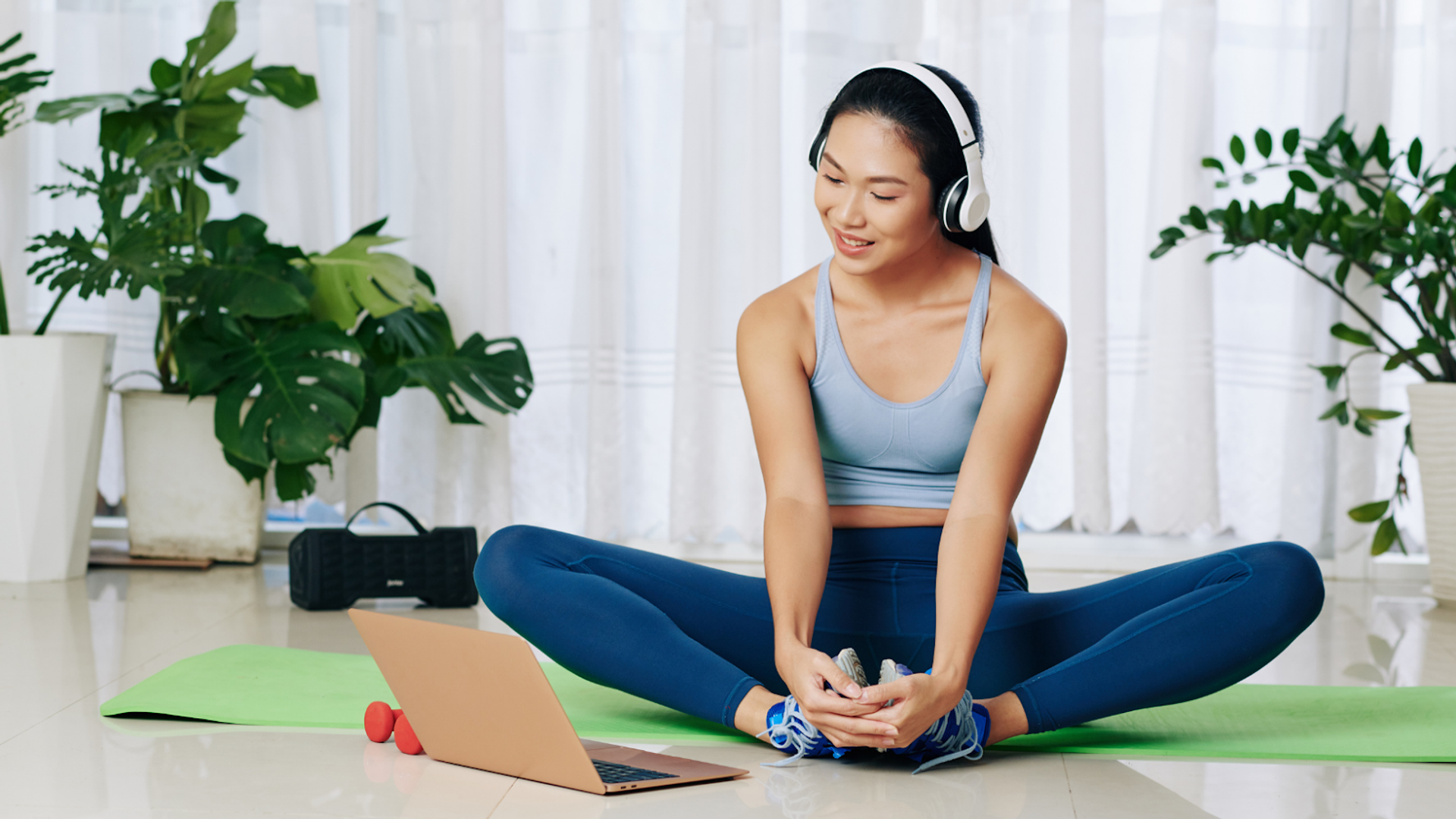
The Butterfly Stretch is one of the best flexibility exercises and a fantastic way to open up your hip flexors and groin. These areas can often feel tight from sitting for long periods, whether it's at a desk, in a car, or on a plane. This stretch also encourages better posture and mobility.
How to Do It:
1. Sit on the floor with your knees bent and the soles of your left foot and right foot pressed together. It's like you're making the wings of a butterfly with your left leg and right leg.
2. Hold your left foot and right foot with your hands and sit up tall, lengthening your spine.
3. Gently press your left knee and right knee toward the floor using your elbows, or simply let gravity do the work.
4. Hold the stretch for 20–30 seconds, breathing deeply and relaxing your muscles.
Benefits:
- Opens up the hips and inner thighs
- Relieves lower back tension
- Encourages better posture
Svexpert Tip: Don’t force your knees down. This stretch should feel gentle, not painful. Focus on maintaining a straight back throughout.
5. Child’s Pose
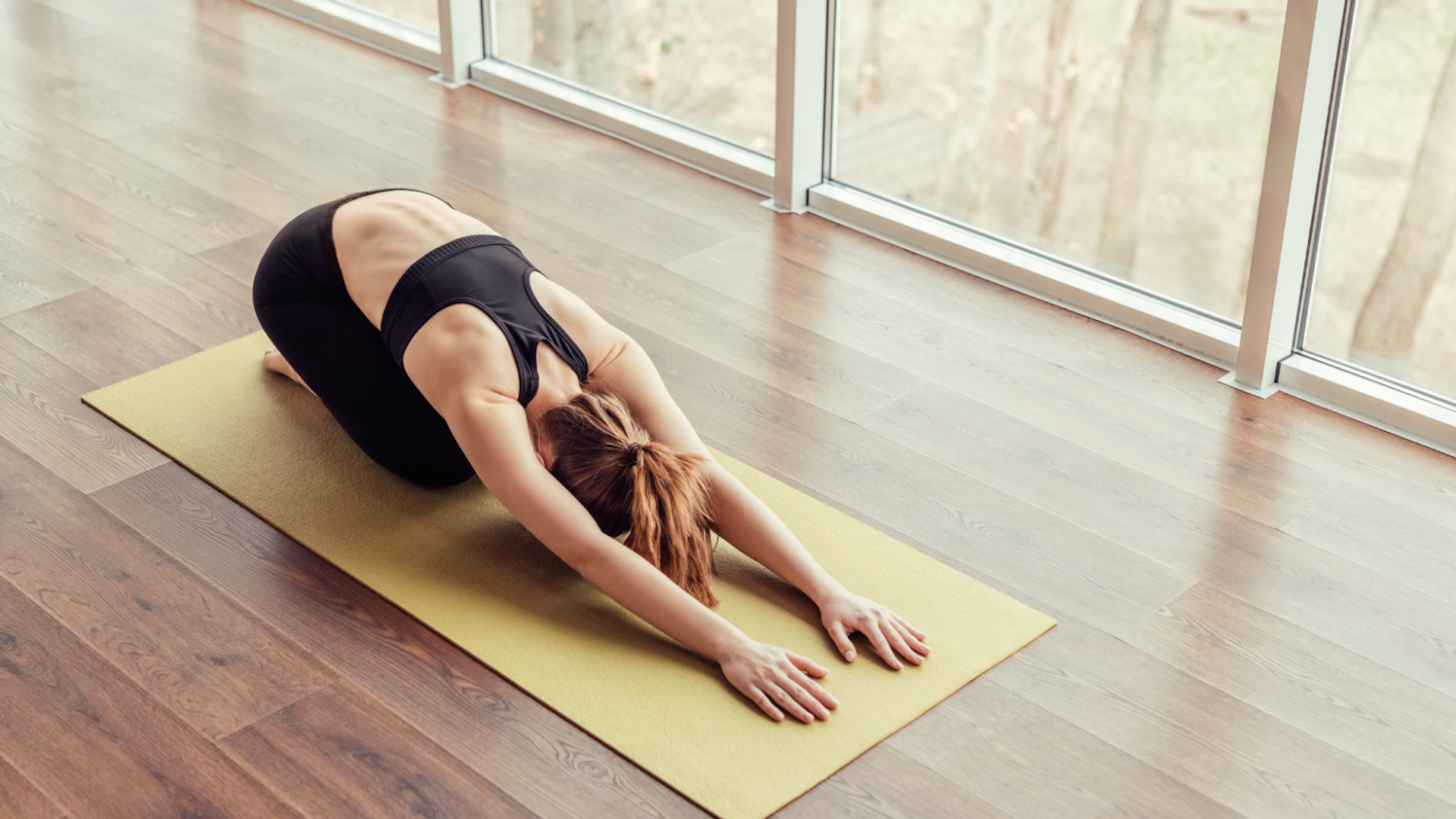
Child’s Pose is a restorative yoga position and hip flexor stretch that releases tension in your back, hips, and thighs while promoting relaxation. It’s the perfect way to wind down after a workout or a long, stressful day.
How to Do It:
1. Kneel on the floor with your big toes touching and your knees bent and spread apart about hip-width.
2. Sit back onto your heels (as best as you can), lean forward and extend your arms in front of you, lowering your torso down between your thighs.
3. Rest your forehead on the floor and hold the pose for 30–60 seconds, or even longer if it feels good.
4. Breathe deeply and evenly into your hip flexors, letting your body completely relax into the stretch.
Benefits:
- Stretches the back, hips, and thighs
- Promotes relaxation and reduces stress
- Improves flexibility in the lower body
Svexpert Tip: If the stretch feels too intense, place a cushion or rolled-up towel under your hips for added support.
Making Flexibility and Stretching Exercises a Daily Habit
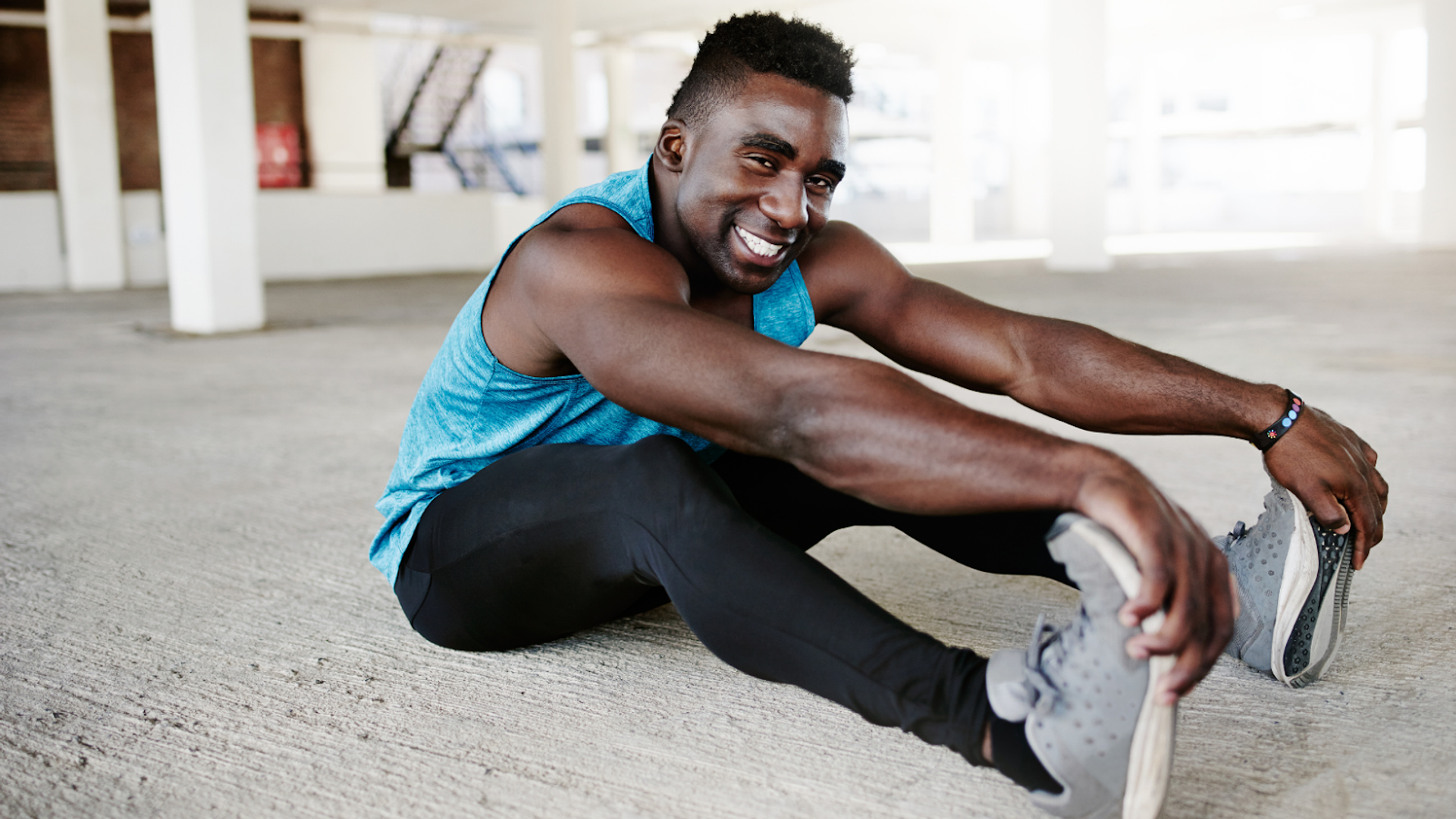
Making flexibility a daily habit is like watering a plant – consistent care leads to growth and resilience. Research shows that daily stretching improves muscle tightness and range of motion, prevents injuries by making muscles more adaptable, and even reduces stress. Aim to stretch at least 3-4 times per week, holding each stretch for 20-30 seconds and repeating 2-3 times. It's helpful to do some light cardio, like walking or jumping jacks, before stretching to warm up your muscles.
Instead of forcing a rigid schedule, weave these stretches into your day – while watching TV, waiting for coffee, or even brushing your teeth. Start with a few minutes for each stretching exercise and gradually increase the time as you feel your body loosen up. Most importantly, listen to your body and never push yourself into pain.
Other Tips to Enhance Your Flexibility

Flexibility isn't just about stretching—it's a holistic practice that involves your entire lifestyle. By incorporating supportive habits and mindful practices, you can maximize your flexibility gains and feel more comfortable in your body every day. Here are some additional tips to enhance your flexibility:
- Stay Hydrated: Water is essential for muscle elasticity and joint lubrication. Dehydration can make muscles feel stiff, so keep a water bottle handy and sip throughout the day, especially before and after stretching.
- Incorporate Dynamic Warm-Ups: Start your day or workout with dynamic movements, such as arm circles, left leg and right leg swings, or torso twists. These activities warm up your muscles to prevent muscle strains while improving circulation and preparing your body for deeper stretches.
- Prioritize Active Recovery: Rest days are crucial, but that doesn’t mean you have to stay sedentary. Gentle yoga, tai chi, or even a slow walk can promote blood flow and maintain flexibility without overexertion.
- Fuel Your Body: A diet rich in vitamins, minerals, and lean proteins supports muscle health, repair, and elasticity. Include foods like leafy greens, nuts, seeds, and omega-3-rich options like salmon or flaxseed for optimal flexibility support.
- Keep Moving: Avoid long periods of sitting or staying in one position. Incorporate small bursts of activity throughout your day—take stretch breaks, do a quick lap around the room, or add gentle twists and turns while standing.
- Work With a Professional: If you're looking to improve your flexibility, nothing beats training with an expert personal trainer at Svetness who can create a customized flexibility plan for you.
Your Flexibility Journey Starts Today
Improving your flexibility doesn’t have to involve complex routines or specialized equipment. These five at-home exercises to improve your flexibility are easy to do, require little space, and can deliver significant results over time. Whether you’re looking to relieve tension, boost your athletic performance, or simply feel better in your body, these stretches are a great place to start.
So roll out your mat, take a deep breath, and give your body the attention it deserves with a stretching routine. Remember, flexibility is a journey—celebrate every bit of progress along the way!
Frequently Asked Questions
What is the best workout to improve flexibility?
A mix of static stretches, dynamic stretches, and low-impact exercises like yoga or Pilates works best. Focus on stretches for the hips, hamstrings, and inner thighs, and aim for 3–4 sessions a week.
Can a very inflexible person become flexible?
Yes, with consistent, gradual stretching and proper technique. Start gently, use props if needed, and consult a physical therapist or personal trainer for guidance if unsure.
How do I perform a lying quad stretch correctly?
Start by lying on your side with your legs straight. Bend one knee and gently pull your foot backward toward your hip. Make sure to keep your other leg flat on the floor for stability. You can hold onto your ankle with your left arm or right arm, depending on which side you’re stretching. If you're new to this stretch or experience discomfort, consult a physical therapist for guidance.
Start your Svetness journey today
Get a free consultation and see how our trainers can transform your wellness journey.
